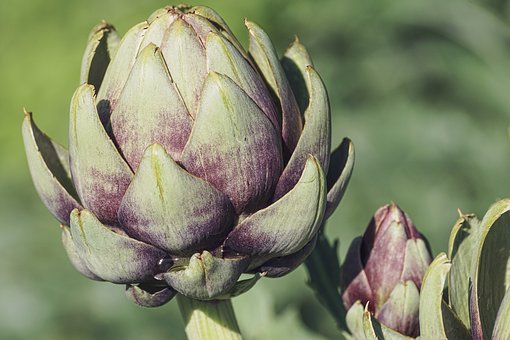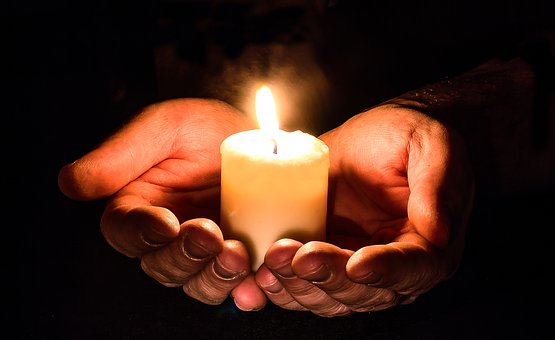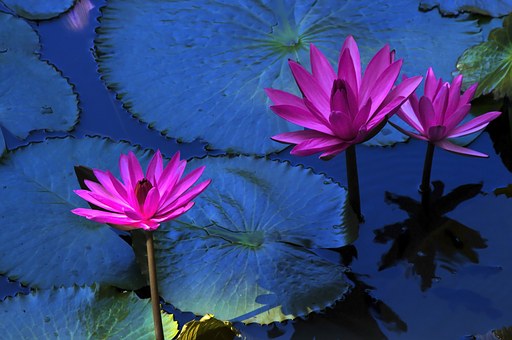Are all actions undertaken for others in accord with the genuine Dharma? Not necessarily. There are indeed many good-hearted people in our society. Every time I hear about their endeavors, I feel ashamed of my own inadequacy. They are not Buddhists, nor do they proclaim their intention to attain buddhahood for the sake of liberating other beings. Yet, we can all see the good that they do. As for us Buddhists, we may try to renew our aspiration everyday by reciting over and over again: “I must arouse bodhicitta in order to deliver others from suffering.” But are we just paying lip service? Do our minds and actions correspond to our aspiration?
~Depicted from GATEWAY TO THE VAJRAYA PATH - Vajra Master and Empowerment











